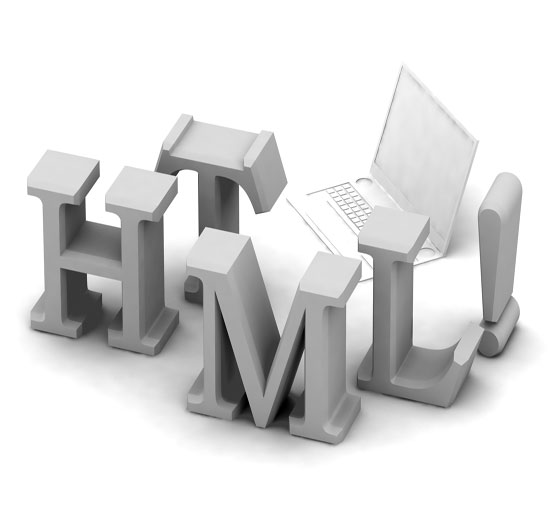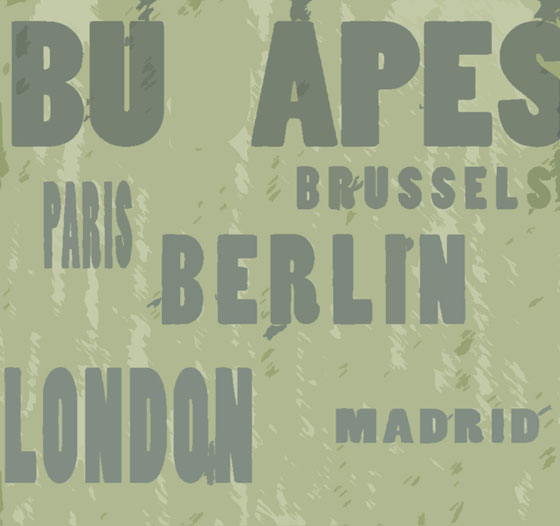Website Terminology
September 23rd, 2014
Improving the communication between client and design agency, is an important agenda in delivering projects that appease both parties. The technical jargon employed by digital design companies can confuse customers at times unless the language is adapted for them, or they are educated of it. Additionally, there is such an abundance of acronyms within the industry which continue to evolve, that even professionals need to update their awareness of such terms. Certain buzzwords and phrases within web design, are crucial to know for basic understanding. Therefore, a glossary of the most popular terminology for the development of websites is available. These definitions in alphabetical order are particularly useful for beginners.
A
API – Application Programming Interface; an interface that lets programs/web servers communicate with one another.
B
BANDWIDTH – Usually measured in bits-per-second, this is basically a description of how much data can be sent through a connection in unit time.
C
CSS – Cascading Style Sheets are used to define the look and feel of a web site outside of the actual HTML file(s) of the site. In recent years, CSS has replaced tables and other HTML-based methods for formatting and laying out websites. One of the greatest benefits to using CSS is the ability to completely change the style of a site by amending just one file.

D
DOMAINS – Refers to a hierarchical scheme for indicating logical and sometimes geographical venue of a web-page from the network.
E
EPS – Encapsulated Post Script: A file format used for vector images that contain both text and graphics.
F
FAVICONS – Are tiny (generally 16×16 pixels, though some are 32×32 pixels), customisable icons displayed in the web address bar in most browsers next to the web address. They’re either 8-bit or 24-bit in color depth and are saved in either .ico, .gif or .png file formats.
G
GIF – Graphics Interchange Format is a common image format. Most images seen on web pages are GIF files.
H
HTML – An acronym that stands for Hypertext Markup Language. This is the programming language that web pages are written in. Files written in HTML have an extension of either .htm or .html.

I
INTRANET – A private network inside a company or organisation that uses the same kinds of software that are used on the Internet, but only for internal use.
J
JAVASCRIPT – Coding languages used to achieve effects and functions on websites that normal html and its variants cannot achieve. These bits of coding (or scripts) are normally embedded into a web page and will automatically activate as soon as someone arrives on the page. Please note that JavaScript is distinctly different to Java.
K
KERNING – The space between individual letters.
L
LINUX – Computer operating system. An open source system developed to run on desktop PC’s and servers, etc. (The majority of web servers in the world operate using Linux).

M
META DATA – Included in the head section of an html web page and is visible to search engines but not human visitors. Meta tags provide information about a web page, like the topic (title), keywords, description and also instructions to search engine robots and visitor browsers.
N
NAVIGATION – Refers to the system that allows website visitors to move around that site. Navigation is most often thought of in terms of menus but links within pages, breadcrumbs, related links, pagination, and any other links that allow a visitor to move from one page to another are included in navigation.
O
OPEN SOURCE – Refers to the source code of a computer program being made available to the general public. Open source software includes both web-based and desktop applications. Open source programs are generally free or very low cost and are developed by teams of people, sometimes comprised mostly of volunteers.
P
PARALLAX – Is the effect seen when items closer to your viewpoint appear to move more quickly than items farther away. This is best seen from a moving car or train, where fences and trees close to the vehicle appear to move past quickly, while mountains in the distance appear to move more slowly. On the web, this same effect is being used to create a sense of depth to site designs, often providing movement in response to the user scrolling.
Q
QUERY – Synonym for “search” and relates to search engines.

R
RESPONSIVE – The concept of responsive design over the past several years has been a real buzz word around the web. In simple terms, a responsive design is one that adapts to the user’s device and in an ideal world the user’s context, so that it displays the content required in the most appropriate and accessible manner, regardless of what kind of web-connected device is being used to view it. In practice this means a web page will re-paginate itself as the screen size reduces or increases, displaying in multiple columns when viewed on a desktop computer. Yet only a single column when viewed on a smartphone.
S
SEMANTIC MARKUP – Is an approach to coding HTML where the markup tags used to describe content also provide relevant metadata about the content itself. For example, a piece of information that’s relevant to the main content of a page but not directly the subject of the page, might be marked up as being an <aside>.
T
TYPEFACE – A design collection of characters, including letters, numbers, and punctuations. Examples include Times New Roman, Helvetica, and Arial to name but a few.

U
URL – Uniform Resource Locator. At its simplest, URL can be seen to be synonymous with a ‘web address’.

V
VECTOR – Instead of using pixels to represent images, vectors use lines and shapes. As they do not rely on pixels, enlarged vector images still maintain image clarity and quality.

W
WIREFRAME – Very crude and simplistic drawings and/or layouts of a webpage, which typically have no design applied. Wireframes are used in the preliminary stages of a website design. They allow for designers to focus on the UI and the layout of content first before applying any design. This is a critical step in any mid to large size website that has a lot of different elements and/or content. The design of a website can often distract from its true purpose of displaying information and content effectively. Many designers do this step first to avoid missing any crucial elements or information. Wireframing can save time in development by allowing for items to be missed in the planning or design phase, rather than in the final stages. It typically costs more to rework an already designed and developed web page than to catch a mistake in the planning stages.
X
XML – A system used for defining data formats. XML provides a very rich system for defining complex documents and databases such as invoices, glossaries, inventories etc.

Y
YO YO PROBLEM – In computer science, the yo-yo problem is an anti-pattern that occurs when a programmer has to read and understand a program whose inheritance graph is so long and complicated, that the programmer has to keep flipping between many different class definitions in order to follow the control flow of the program. It often happens in object-oriented programming. The term comes from comparing the bouncing attention of the programmer to the up-down movement of a toy yo-yo.

Z
ZONE FILE – Is stored on a name server and provides information about one or more domain names. Each zone file contains a list of DNS records with mappings between domain names and IP addresses. These records define the IP address of a domain name, the reverse lookup of an IP to other domains, and contain DNS and mail server information. As zone files are plain text files, they can be edited quickly and easily. However, this also means that if unauthorized users gain access to zone files, the files can be easily modified. This could cause websites to not respond, or worse yet, redirect to the wrong web server. For this reason, it is important to keep the zone files on a highly secured server and always have a recent backup of zone files on another machine.
Obviously the glossary for website terms is far broader than the 26 aforementioned definitions, however 1 for each letter of the alphabet is a good start. Once the lingo has been learned by all parties involved, communication not only improves comprehension but also prepares us to become fluent in what seems like a foreign language at first. The lexicon of the web industry is constantly progressing to encompass growing resources, tools and information. As such, users and web creators always benefit from increasing their technical vocabulary.
Article written by